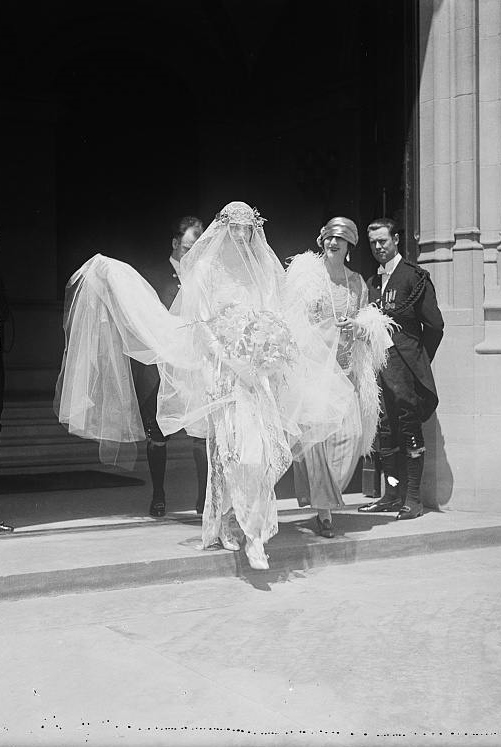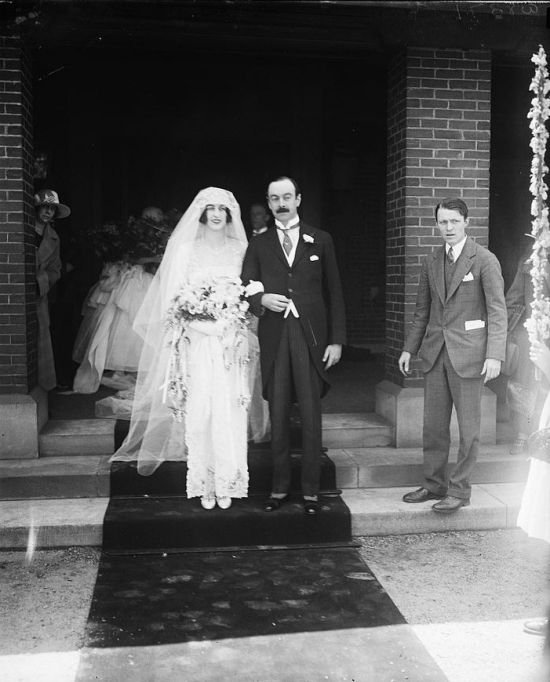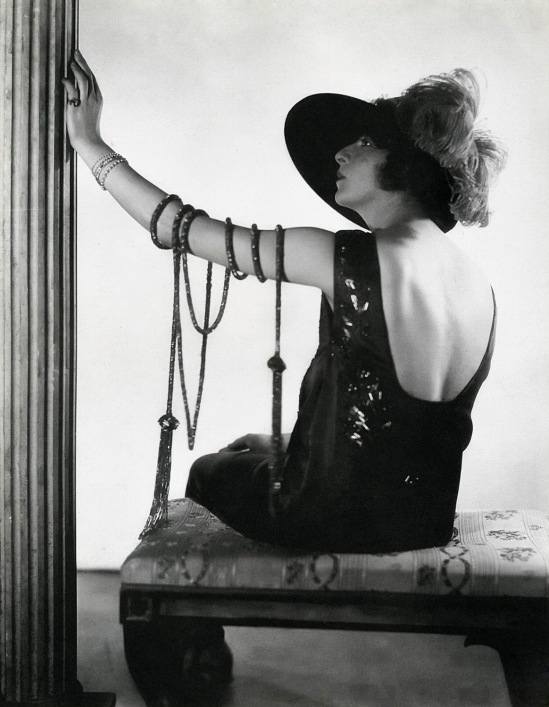Ernest Hemingway and Elizabeth Hadley Richardson married after a courtship of less than a year, on September 3th 1921, in Horton Bay, Michigan. Hedley was 8 years older than Ernest, and the first of his four wives. Bernice Kert, author of The Hemingway Women, claims Hadley was “evocative” of the woman whom Hemingway met and fell in love with during his recuperation from injuries during World War I, Agnes von Kurowsky, but in Hadley, Hemingway saw a childishness Agnes lacked.
The couple spent their honeymoon at the Hemingway family summer cottage on Walloon Lake. The weather was miserable, and both Hadley and Hemingway came down with fever, sore throat, and cough. The couple returned to Chicago after their honeymoon, but within months they moved to Paris, where he worked as a foreign correspondent and fell under the influence of the modernist writers and artists of the 1920s “Lost Generation” expatriate community.
Of Hemingway’s marriage to Hadley, Hemingway biographer Jeffrey Meyers claims: “With Hadley, Hemingway achieved everything he had hoped for with Agnes:
“the love of a beautiful woman, a comfortable income, a life in Europe.”
Their marriage disintegrated as Hemingway was writing and revising The Sun Also Rises. In 1925 Hadley became aware of Hemingway´s affair with American journalist Pauline Pfeiffer. The couple divorced in January 1927, and Hemingway married Pfeiffer in May the same year. In 1933 Hadley married a second time, to journalist Paul Mowrer, whom she met in Paris.
Hadley on her wedding day in 1921 via
Hemingway and his first wife, Hadley, on their wedding day in 1921 via
Hemingway and his first wife, Hadley, on their wedding day in 1921 via





























